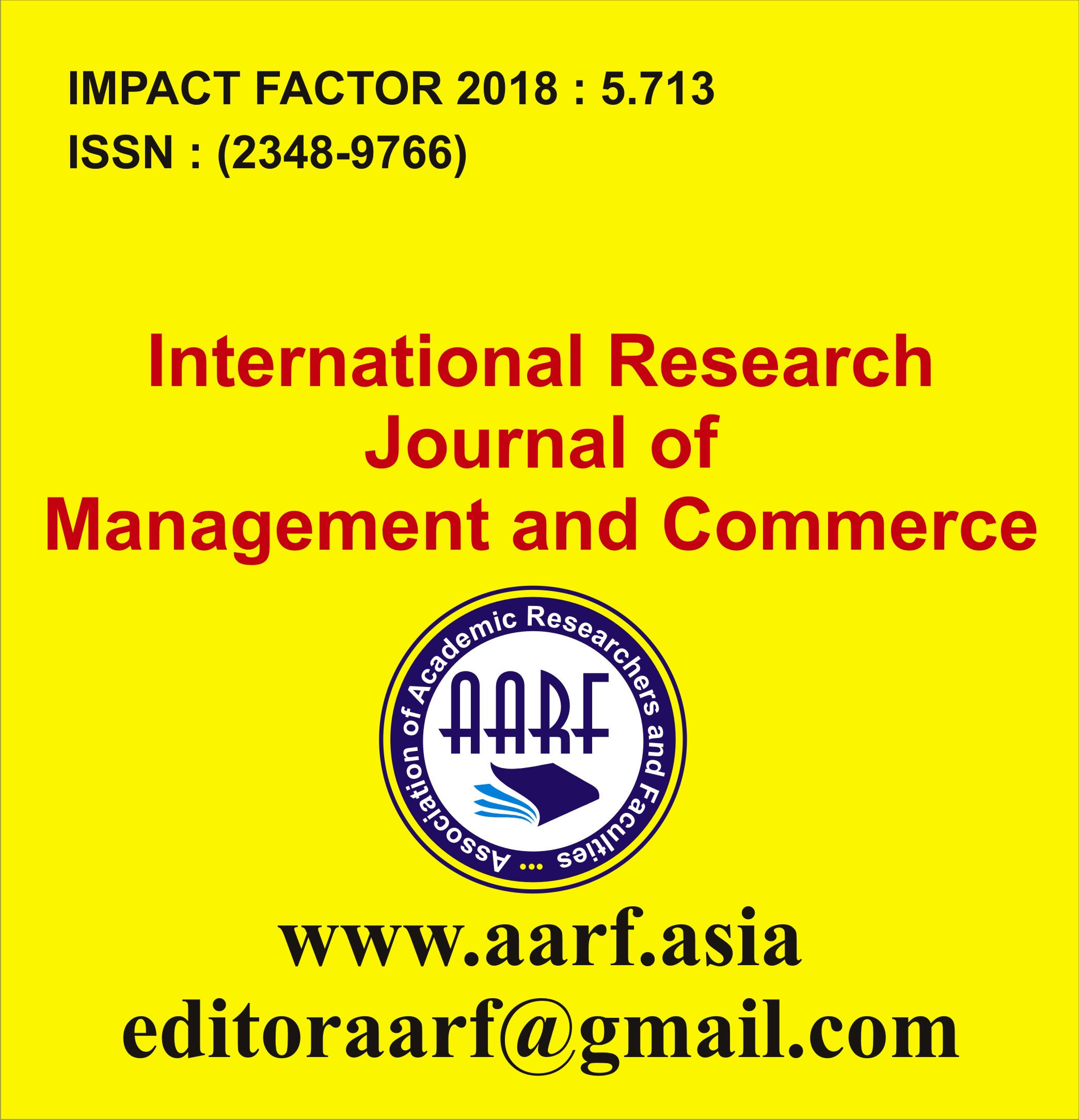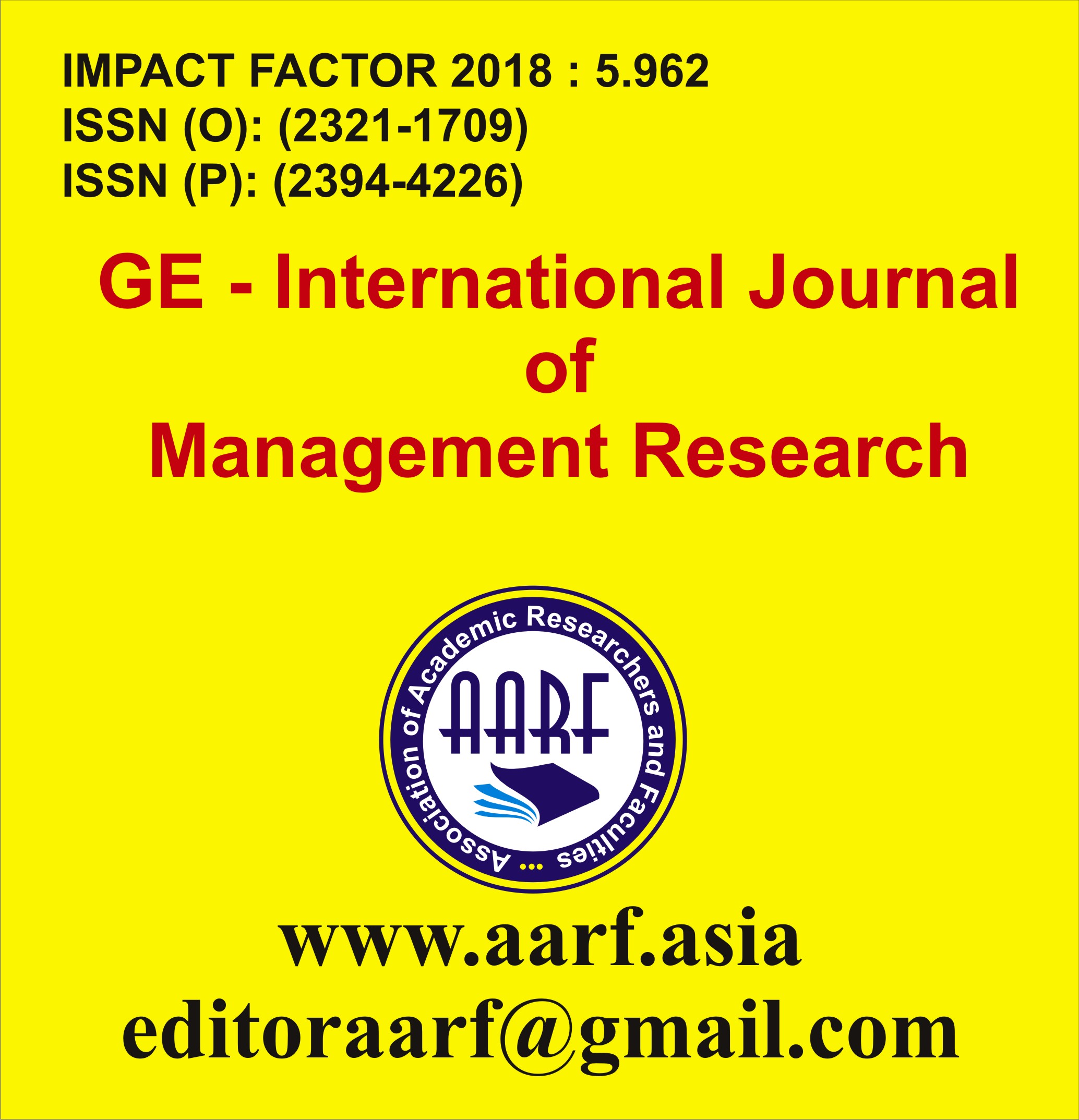Dr Rajesh Gahlawat
Abstract:
The inflow of Foreign Direct Investment (FDI) into India has undergone significant shifts and transformations, particularly after 2014. The period following this year witnessed a concerted effort by the Indian government to liberalize the economy, streamline regulatory processes, and enhance the country's attractiveness as an investment destination. This article will examine the key factors influencing FDI inflows into India post-2014, the sectors that have attracted the most investment, and the overall impact on the Indian economy. One of the primary drivers of increased FDI in India has been the government's proactive policy reforms. Initiatives like "Make in India," "Digital India," and "Startup India" aimed to create a conducive environment for foreign investors. The simplification of FDI norms across various sectors, the introduction of a liberalized FDI policy, and the push for ease of doing business have been instrumental in attracting global capital. The Goods and Services Tax (GST) implementation, although initially challenging, ultimately streamlined the indirect tax regime, fostering a more integrated and efficient market. Furthermore, the government's focus on infrastructure development has played a crucial role. Investments in roads, railways, ports, and airports have improved connectivity and reduced logistical bottlenecks, making India a more appealing destination for manufacturing and logistics-related investments. The emphasis on renewable energy, with ambitious targets for solar and wind power, has also attracted significant FDI in the green energy sector.























